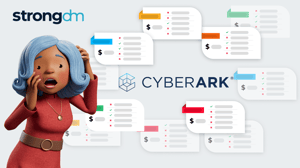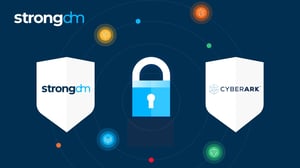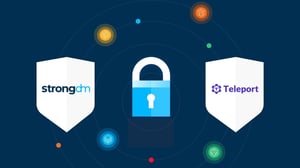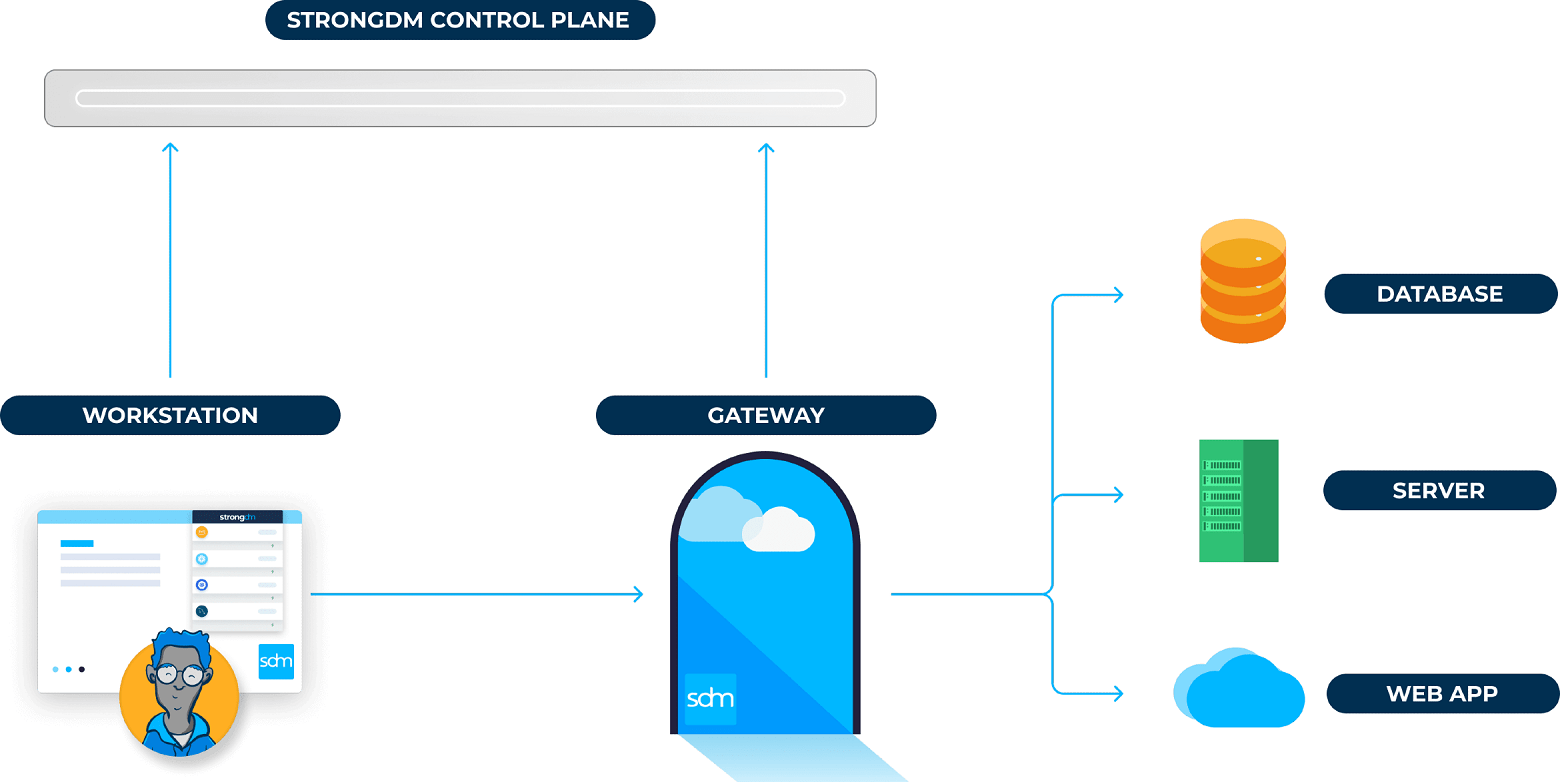CyberArk vs. BeyondTrust: Which PAM Solution is Better?
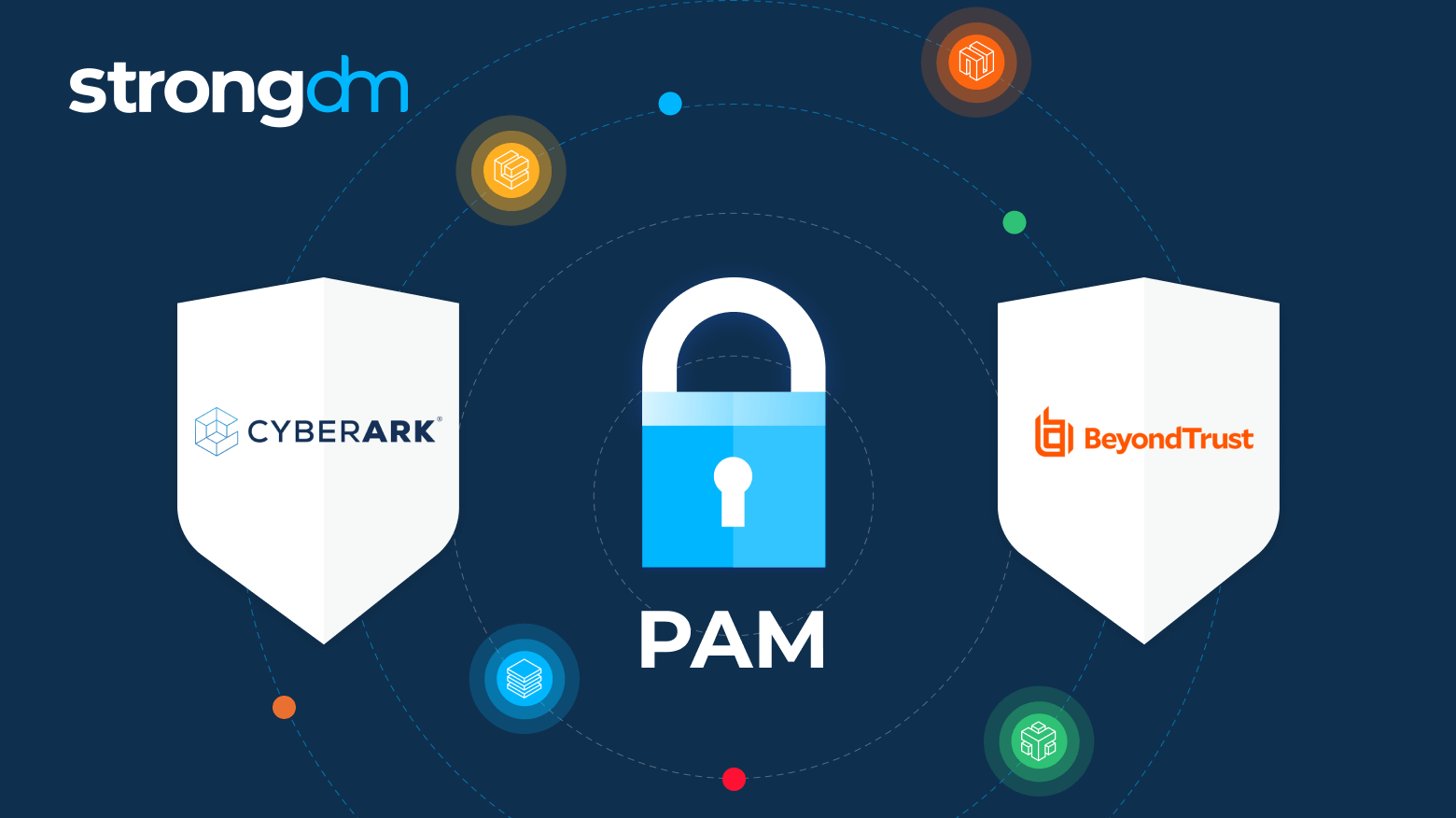

Written by
John MartinezLast updated on:
October 24, 2025Reading time:
Contents
Built for Security. Loved by Devs.
- Free Trial — No Credit Card Needed
- Full Access to All Features
- Trusted by the Fortune 100, early startups, and everyone in between
Summary: This article compares two Privileged Access Management (PAM) solutions, CyberArk vs. BeyondTrust. It takes a closer look at what these two PAM products are, how they work, and what may make them fit well with your organization. We’ll explore product summaries, use cases, pros and cons, PAM features, and pricing. By the time you’re done reading this article, you’ll have a clear understanding of how these PAM tools operate and be able to choose the one that will work best for you.
Cybercrime costs businesses trillions of dollars per year, and it doesn’t discriminate. Targeting both small businesses and large enterprises, cybercriminals are poised to hit organizations with $10.5 trillion worth of damage globally by 2025. Businesses are scrambling to protect themselves from malicious actors, and one of the ways they do this is through Privileged Access Management (PAM) solutions. These products help prevent brute force and SQL injection attacks and mishandled sensitive information.
But not all PAM solutions are the same. As you start looking at CyberArk vs. BeyondTrust, you may be wondering which PAM solution is better. You might even ask if PAM goes far enough to protect your organization. Here’s what we’ve found out.
What is CyberArk?
CyberArk bills itself as identity security with intelligent privilege controls. It’s an identity access management platform that provides the tools for organizations to protect, control, and manage privileged accounts and credentials, whether that’s for a cloud-based, on-premises, or hybrid environment. The CyberArk Privileged Access Management platform lets users manage information and assign security credentials for sensitive applications and services.
CyberArk product summary
For engineering and IT teams, CyberArk PAM gives privileged users access to databases and servers. The product includes features like a password vault and privileged access manager so companies can set up and protect privileged accounts.
CyberArk use cases
Organizations use CyberArk to:
- Create vaults to store privileged credentials
- Assign and manage encryption keys
- Manage access to SSH/SSL certificates
- Control third-party access
- Rotate credentials when required by policy
- Monitor and record what happens during privileged sessions
CyberArk pros & cons
Large enterprises may find CyberArk particularly fitting, as it provides:
- On-premises and cloud data deployment
- User reporting and analytics
- The ability to detect threats
- Task automation
However, users say that implementing CyberArk is complex. Other challenges with it include:
- Limited reporting capabilities
- Slow application loading times
- Difficult to find third-party vendors to implement and support the product
- Lack of support for containerized solutions like Kubernetes
- Cluttered user interface
- Not designed for cloud-native environments
⚠️ Traditional PAM deployments have gaps. Learn how to protect your databases, the cloud, Kubernetes, and more with our legacy PAM augmentation guide.
What is BeyondTrust?
BeyondTrust, formerly known as Bomgar, is a suite of products that offer privileged identity management and access management, privileged remote access, and vulnerability management. It can be used to monitor a variety of environments, including Linux, Mac, Windows, and Unix.
BeyondTrust Product Summary
BeyondTrust’s products include Endpoint Privilege Management, Privileged Password Management, Secure Remote Access, and Cloud Security Management. BeyondTrust Endpoint Privilege Management provides a way to set the least amount of privileges across Windows, Mac, Linux, and Unix endpoints. The Privileged Password Management component offers a password safe, DevOps secrets safe, and the ability to discover, manage, and audit privileged accounts. BeyondTrust Secure Remote Access provides a centralized way to manage service desks, vendors, and operators and provide privileged remote access. Cloud Security Management handles automation of identities and assets across multicloud environments.
BeyondTrust use cases
Organizations use BeyondTrust to:
- Set least-privileged access across Linux, Unix, Windows, and Mac
- Audit and secure account credentials for privileged users
- Monitor and control remote access
- Leverage PAM in cloud and network environments
BeyondTrust pros & cons
There are some advantages to using BeyondTrust. Customers say that it:
- Is easy to deploy and maintain
- Offers SSH access and RDP
- Allows for managing permissions with AD, LDAPS, RADIUS, and Kerberos
- Has lightweight architecture to protect endpoints with less processing power
However, BeyondTrust does have its downsides, including:
- Poor integration for single sign-on
- Add-ons need to be purchased
- High licensing costs
- Clumsy user interface
- First time elevating admin privileges can be difficult
What Is StrongDM and Why Is It Better Than CyberArk and BeyondTrust?
In the CyberArk vs. BeyondTrust comparison, there is a third choice to consider: StrongDM. This is a control plane that provides a way to monitor and manage access to databases, servers, and Kubernetes–something other PAM products can’t always do.
StrongDM leverages a Zero Trust model, which pulls together user management in your existing SSO, such as Google, OneLogin, Duo, or Okta, and hides the credentials. End users cannot access the credentials or keys. There’s no need for distributing access across VPNs, individual database credentials, and SSH keys. StrongDM also logs every database query, SSH and RDP session, and kubectl activity, making audit time far less stressful.
Traditional PAM solutions often fall short. Their narrow scope means that tasks like onboarding and offboarding, compliance, credential sharing, and tool integration are needlessly complicated. Product-specific training is often required to implement, troubleshoot, and upgrade these tools.
Because traditional PAM solutions can make everyday tasks more complex, they can also pump the brakes on productivity. Our Access-Productivity Report discovered that 64% of organizations struggle with productivity due to infrastructure access. Instead of meeting deadlines and SLAs, developers are left scrambling to get access to the databases and resources they need.
StrongDM automates access management for joiners, movers, and leavers. Onboarding is fast because SSH keys, database credentials, and VPN access don’t need to be provisioned. Technical teams can get right to work. When it’s time to decommission access, offboarding is secured because SSO access can be suspended once, revoking all server and database access.
When audit time occurs, companies can answer questions quickly. StrongDM creates comprehensive logs with permission changes, SSH and kubectl commands, and database queries. You have full visibility into who is doing what and can use that information to help you comply with regulations such as SOC 2, HIPAA, and ISO 27001.
The straightforward pricing model, custom tool integrations, and top-notch customer support make StrongDM a frontrunner in your search for a PAM solution.
So Which One is Better for You?
Here is a quick review of the features for you to decide:
| CyberArk | BeyondTrust | StrongDM | |
|---|---|---|---|
| Best for | Enterprises | Enterprises | Enterprises and start-ups looking to scale |
| Setup | Complex, requires product-specific expertise | Complex | Simple, fast implementation |
| Navigation | Difficult to navigate GUI | Clumsy UI | Intuitive, user-friendly design |
| Modern database support | Limited | Supports most data sources | Broad support for legacy, modern, and cloud-based data sources |
| Kubernetes support | No | Yes | Yes |
| Installation | Requires product expertise. Must be installed on your server | Does not require installation on your server | No installation required on your server |
| Documentation | Documentation is overly complex | Comprehensive documentation | Excellent documentation |
| Customer support | Offers only limited support | Offers chat, email, knowledge base options | Offers 24/7/365 support to all users |
| Pricing | CyberArk offers a 30-day free trial. The pricing model is complex, requiring a custom plan from the sales team. |
BeyondTrust pricing is available upon request. | StrongDM gives a 14-day free trial. It has a simple pricing model, including support for all resource types. |
Are you looking for a People-First way to manage privileged access? Book your demo of StrongDM today.
Next Steps
StrongDM unifies access management across databases, servers, clusters, and more—for IT, security, and DevOps teams.
- Learn how StrongDM works
- Book a personalized demo
- Start your free StrongDM trial


About the Author
John Martinez, Technical Evangelist, has had a long 30+ year career in systems engineering and architecture, but has spent the last 13+ years working on the Cloud, and specifically, Cloud Security. He's currently the Technical Evangelist at StrongDM, taking the message of Zero Trust Privileged Access Management (PAM) to the world. As a practitioner, he architected and created cloud automation, DevOps, and security and compliance solutions at Netflix and Adobe. He worked closely with customers at Evident.io, where he was telling the world about how cloud security should be done at conferences, meetups and customer sessions. Before coming to StrongDM, he lead an innovations and solutions team at Palo Alto Networks, working across many of the company's security products.
You May Also Like
